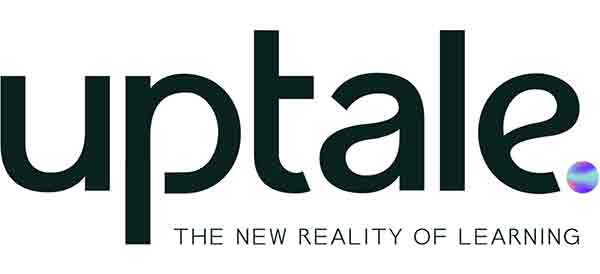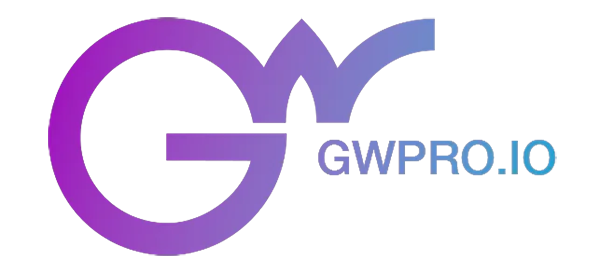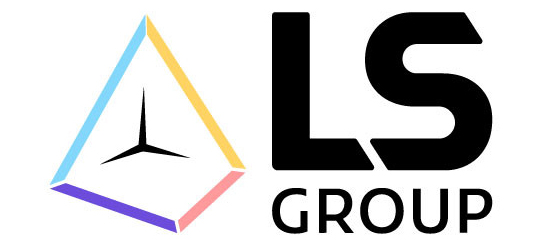
Programs, and Platforms, Gap Inc.

Spinview


Lampada Digital Solutions

Nanopixel

of Owiwi
Explore how our logistics software solutions streamline operations, enhance training, and boost efficiency across the supply chain. Choose from ready-made products or partner with us for custom software development.
Let’s discuss your projectProgram-Ace builds software for logistics organizations looking to improve how they work, train, and manage operations. Using technologies like VR, AR, AI, and digital twins, we help companies strengthen warehouse workflows, streamline training, improve inventory visibility, and connect systems across the supply chain.
Built for real conditions and practical use, the software supports daily tasks while addressing safety, coordination, and compliance. You can choose ready-made solutions or request custom development tailored to your existing processes and built to scale as your operations grow.
Talk to our team to explore which logistics software solutions can reduce delays, improve training, and keep your operations moving.







We've worked with logistics teams long enough to understand what happens on the warehouse floor, not just what's on paper.
Instead of forcing new systems into place, we build around the routines your team already follows.
The software functions reliably where it matters most — on the ground, under pressure, and across shifting network conditions.
You can start with the features you need today, then expand when the timing and priorities change.
We build logistics software that reflects how your operation runs. Each system is designed to reduce friction in daily tasks, increase accuracy, and support better coordination, especially in environments where timing, safety, and visibility matter.
Our capabilities span a wide range of logistics software solutions, including:
Each solution is modular and can be adapted to your infrastructure, workforce, and compliance needs. We offer centralized control tools for companies managing multiple locations that help standardize procedures and reduce inconsistencies across sites.
Challenges in the logistics industry often involve fragmented systems and manual workflows. Our goal is to eliminate those bottlenecks without disrupting ongoing operations. Connect with our team to explore tailored solutions.
Yes. Our logistics software solutions are built with integration in mind. We work with the systems logistics teams that already rely on, rather than forcing them to replace existing infrastructure. That includes major ERP platforms like SAP, Oracle NetSuite, and Microsoft Dynamics, as well as specialized WMS platforms and industrial IoT setups.
We start by reviewing your current software environment to understand how information flows between tools and where disconnects may slow things down. From there, our engineers build secure integration layers that link data across platforms, allowing your team to work within a unified digital ecosystem.
Here's where integration makes a real difference:
Once your tools are aligned, your data becomes more reliable, and your teams spend less time trying to track down the right numbers. Everything moves faster, with fewer errors, and decisions are made based on current, connected information.
Every solution is configured to match your operation's security, architecture, and workflow needs. Logistics industries operate at different levels of digital maturity, so our job is to ensure that your systems work together without disrupting your operation's pace. Get in touch with us for tailored recommendations and access to our full course list.
Most injuries, delays, and errors happen in logistics because people weren't fully prepared for the job before stepping onto the floor. Immersive training helps solve that by allowing your team to practice in realistic, simulated environments without the pressure or risk of live operations.
Instead of watching slides or videos, workers can move through a virtual warehouse, operate forklifts, stack pallets, or respond to a simulated spill. Everything feels close to the real thing, but mistakes don't carry real consequences.
This kind of training is especially useful in the logistics industry for a few key reasons:
Safety in logistics industry roles depends on both awareness and repetition. VR-based scenarios help workers develop reflexes they'll rely on in real situations, whether it's a tight loading dock or a warehouse during peak hours.
There are also fewer slowdowns. Immersive training doesn't tie up equipment or disrupt workflows, so you can upskill people without affecting your schedule. For companies dealing with high turnover or onboarding pressure, it's one of the most reliable ways to raise performance and reduce risk simultaneously. To start defining your timeline, connect with our team. However, if you don’t need custom solutions, you can always choose an option from our catalogue.
Most logistics software projects take between 3 and 8 months, but the exact timeline depends entirely on the scope, system complexity, and how much integration is needed. A standalone simulation tool or mobile app can take as little as 10–12 weeks, while a full-scale platform with WMS extensions, IoT integration, and digital twin functionality will take longer.
Here's a typical breakdown of how the process looks:
The logistics industry doesn't benefit from rushed rollouts. We take the time to align the solution with how your operation runs so the system works as expected long after it goes live. Get in touch with us for strategic support that matches your pace.
No logistics operation runs on a fixed schedule forever. One week, the priority is meeting a sudden surge in demand, the next, it is finding ways to stay efficient with fewer people on the floor. Shifting conditions are a given in the logistics industry, and software needs to keep up without creating more complexity. We develop logistics software solutions that help your team adjust with less disruption and more control.
Logistics teams move fast. Your software should never be the reason you fall behind. Smooth adaptation is not about overhauling everything at once but having the right tools ready when change arrives. Reach out to us to discuss how our logistics software solutions can help your team stay prepared, responsive, and efficient in any environment.







Tell us more about your business needs to help us serve you better. The more detailed information will allow us to route your inquiry to the most appropriate person in our team.
By sending this form you agree to our Privacy Policy. The information you provide will be added to our CRM system for further communication.








